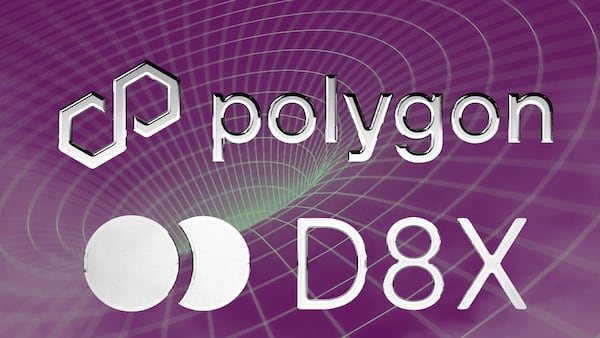- Following a record-setting week with $84.5 billion in volume, the decentralized derivatives sector saw continued momentum as GMX hit $1 billion in trading volume on March 4.
- GMX offers liquidity providers yields ranging from 11.8% to 105.3% APY across its versions.
- DeFi yields have reached a new peak, with the market-wide average yield hitting 5.4%.
According to DefiLlama’s yield overview page, GMX or protocols that operate on top of GMX now offer four out of the top 10 highest yields for protocols that have at least $10 million in deposits.
GMX is a decentralised perpetual trading exchange deployed on the Arbitrum and Avalanche blockchains.
Perpetual futures, often referred to as perpetual swaps or simply “perps,” are a derivative contract that enables traders to bet on the future value of an asset indefinitely without an expiration date.
Liquidity providers on GMX V1 are earning a 35.6% annual percentage yield and liquidity providers on GMX V2 are earning 11.8% to 105.3%.
The source of these yields is driven by the increase in perpetual futures trading. The decentralised derivatives sector hit an all-time high weekly volume of $84.5 billion during the week ended March 1.
For GMX, the increase in volumes continued in the first week of the month, as it generated over $1 billion in trading volume on March 4, the highest daily amount since the collapse of crypto exchange FTX in November 2022.
Contrary to centralised exchanges, decentralised exchanges generally don’t use market makers, or middlemen who match buy and sell orders. Instead, they rely on users to deposit assets in a liquidity pool that other users can then trade from.
With GMX V1, liquidity providers deposit into GLP, an index made up of Ether, Bitcoin, LINK, UNI, and stablecoins. Once a user deposits an asset into GLP, they are exposed to the price fluctuations of the underlying assets.
On the other hand, GMX V2 doesn’t use one basket of assets, but rather uses isolated pools for each asset. This allows liquidity providers to pick exactly which assets they want exposure to while providing liquidity.
GMX V1 and GMX V2 combined have over $593 million in deposits.
The assets deposited in these pools earn a portion of the fees paid by traders. On GMX V1, traders pay a 0.1% fee on the total size of their trade, while on GMX V2, the fee is slightly lower at between 0.05% and 0.07% of the trade size.
There are additional fees, as well, like funding fees, which have recently risen due to the increase in trader demand for leverage.
But these yields come with risks, too.
As with any protocol, there are always smart contract risks such as bugs in the computer code or exploits from nefarious actors. Although GMX has received audits for V1 and V2, audits do not catch all potential risks.
Additionally, liquidity providers on GMX are the counterparty to traders. When traders close a profitable trade, the profits for that trade come out of the liquidity pools.
DeFi yields surge
Driven by increases in yields offered by protocols like GMX, the market-wide DeFi yield just hit its highest level since March 3, 2022.
The seven-day average yield, calculated over all tracked pools on DefiLlama on a given day, hit 5.4% yesterday. This is a 3.7 percentage point increase from the bear market low of 1.67% on September 26.
With an overall resurgence in decentralised finance, as seen in the total value of crypto assets deposited in protocols and total volume generated by decentralised exchanges hitting their highest levels in years, the yield could continue to increase.
Furthermore, some of the highest yields are generated by decentralised derivatives exchanges like GMX, and compared with their centralised counterparts, there is room to grow.
According to data from Rabbitx, decentralised derivative exchanges did $12 billion in total volume in the last 24 hours, while centralised exchanges did over $458 billion.
Got a tip about DeFi? Reach out at ryan@dlnews.com.





